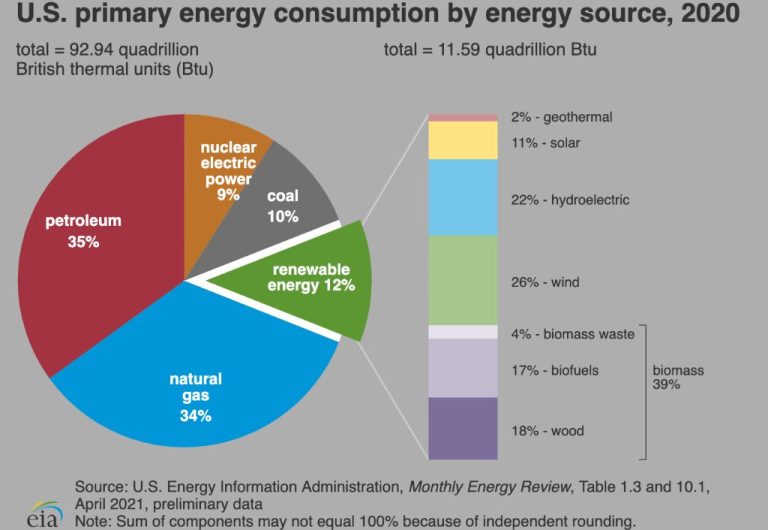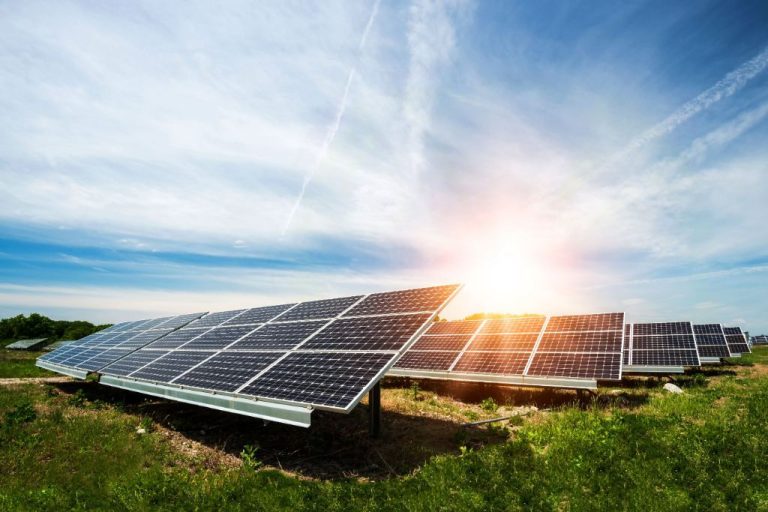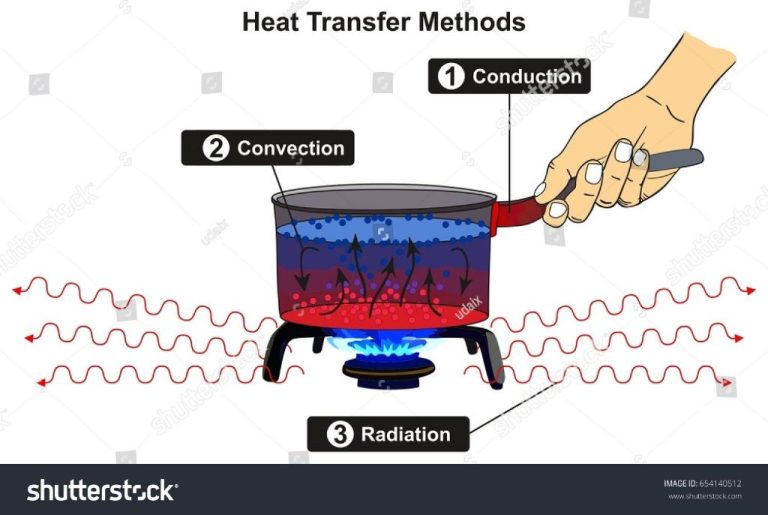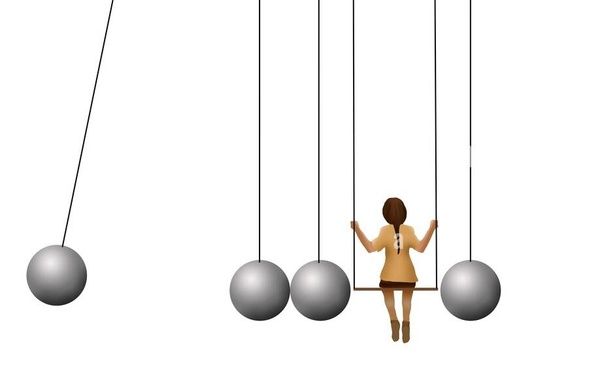Why Are Nuclear Energy?
Nuclear energy is the energy released by the splitting of atomic nuclei, a process known as nuclear fission. Nuclear power plants use nuclear fission to generate electricity. Inside a nuclear reactor, uranium fuel is assembled in such a way that a controlled fission chain reaction can take place. This reaction releases energy as heat, which is used to boil water into steam that spins a turbine to generate electricity.
Worldwide, about 10% of electricity is generated from nuclear power. As of 2021, there were 443 operational nuclear reactors in 33 countries around the world. 30 countries rely on nuclear power for at least one-quarter of their electricity. Interest in nuclear power generation is growing in some parts of the world, as it produces electricity without greenhouse gas emissions during operation and the technology is seen as mature and reliable. However, high upfront costs, public safety concerns, and radioactive waste management continue to limit growth in some countries.
Pros of Nuclear Power
Nuclear power offers several key advantages as an energy source, including:
Reliable Baseload Power
Nuclear plants provide consistent, baseload power capable of operating 24/7 regardless of weather conditions. Nuclear reactors generate enormous amounts of energy from relatively small amounts of fuel. The steady baseload electricity from nuclear plants serves as the foundation for meeting energy demand.
Low Carbon Emissions
Nuclear energy produces zero direct carbon emissions during operations. The entire nuclear fuel cycle from uranium mining to waste management emits low carbon emissions comparable to wind and solar. Nuclear power currently provides 20% of total U.S. electricity while producing half the carbon emissions of renewable energy.
High Capacity Factors
Nuclear reactors operate at average capacity factors of over 90%, meaning they reliably generate near their maximum output all day, every day. The extremely high capacity factors of nuclear plants maximize energy production and efficiency.
Low Fuel Costs
Nuclear fuel costs account for only around 20% of the costs of nuclear power. Uranium fuel prices have minimal impact on the total generating costs. Nuclear plants can store years of fuel on-site, hedging against fuel price volatility.
Cons of Nuclear Power
While nuclear power does provide clean energy without carbon emissions, it also comes with some significant drawbacks. The most notable cons of nuclear power include:
High upfront capital costs – Constructing a new nuclear power plant requires huge upfront costs, with estimates ranging from $6 billion to $9 billion for a single plant. The high cost of construction acts as a barrier to entry for some utilities.
Concerns about safety and accidents – The potential for catastrophic accidents at nuclear reactors is a major concern. Serious nuclear accidents like Chernobyl and Fukushima have fueled public fears about the risks and long-term effects of radiation exposure.
Radioactive waste storage – Nuclear reactors produce radioactive waste that must be carefully stored for thousands of years. Finding long-term storage solutions for spent nuclear fuel remains politically challenging in many countries.
Lengthy construction times – It can take 5-10 years on average to build a new nuclear reactor, slowing the ability of nuclear power to address immediate energy needs and climate change threats.
Nuclear Power Safety
Nuclear power plants have extensive safety systems in place to prevent accidents and radiation release. There are multiple barriers and redundancy in safety controls to contain radiation. Safety systems include:
- Strong reactor containment buildings, typically with steel-reinforced concrete walls several feet thick.
- Control rods that can quickly shut down the nuclear reaction.
- Backup cooling systems like emergency core cooling systems, backup generators, and water pumps.
- Monitoring systems to detect problems early.
Globally, nuclear power has a strong safety record, especially in recent decades with improved technology and oversight. Over 10,000 cumulative reactor-years of commercial nuclear power operation in 33 countries have been gained since the first civilian nuclear plant in 1954. Serious accidents are rare. Notable past accidents include:
- The Three Mile Island accident in 1979 in Pennsylvania – A partial core meltdown occurred but radiation was contained. There were no injuries or deaths.
- The Chernobyl disaster in 1986 in Ukraine – Widely considered the worst nuclear accident ever. An explosion released large amounts of radiation due to serious design flaws and human errors. Dozens of direct deaths with long term health effects.
- The Fukushima Daiichi accident in 2011 in Japan – Major meltdowns occurred after a tsunami knocked out backup power. No direct deaths with long term health monitoring ongoing.
The nuclear industry continues to improve safety based on past incidents and has implemented lessons learned. With proper safeguards and oversight, nuclear power can be utilized safely.
Nuclear Waste Storage
Nuclear waste storage is a significant concern with nuclear power. Nuclear reactors produce radioactive waste that emits radiation and heat for thousands of years. This waste must be contained and isolated to avoid harming humans and the environment.
Most nuclear waste is stored on-site at nuclear plants. The waste is kept in specially designed storage pools or dry cask storage containers. Pools are used to cool down spent nuclear fuel rods, while the dry casks hold waste once its radiation and heat have decreased. Storing waste on-site was intended to be temporary but has become long-term at most plants.
Finding long-term disposal sites for nuclear waste has proven very difficult. No country has yet established a permanent repository for high-level waste. Finland is furthest along, with plans to start disposal in a permanent underground repository around 2025. Meanwhile, most nations continue storing waste in temporary, monitored surface facilities.
The volume of nuclear waste being produced globally is massive. A large nuclear reactor produces up to 27 tons of spent fuel each year. With over 440 operational reactors worldwide, thousands of tons of nuclear waste are generated annually. This waste remains radioactive for thousands of years, necessitating very long-term safe storage.
Costs of Nuclear Power
Nuclear power plants are expensive to build but relatively cheap to operate. The major costs associated with nuclear power include capital costs for constructing the plant, financing costs, operating and maintenance costs, fuel costs, and decommissioning costs at the end of the plant’s useful life.
The capital costs of building a new nuclear plant are very high, estimated between $6-9 billion for a typical large (1,000+ MW) reactor. However, nuclear plants are inexpensive to fuel and maintain since they use very little fuel compared to alternatives. Operating costs represent about 65-75% of the total cost of nuclear-generated electricity.
When considering cost competitiveness, nuclear power compares favorably with other baseload energy sources like coal and natural gas. Nuclear’s levelized costs range from $112-189 per MWh, cheaper than coal ($109-225) and natural gas ($132-206). This makes nuclear economically competitive, despite high upfront construction costs.
Factors that affect nuclear’s cost-competitiveness include construction timelines and interest rates, capacity factors, operating lifetimes, and policies like carbon pricing. Overall, nuclear offers a stable electricity source at a reasonable price, but high initial capex and financing can deter new builds.
Future of Nuclear Power
Nuclear power is expected to play an important role in the world’s transition to clean energy sources that do not emit greenhouse gases. While nuclear energy currently provides about 10% of the world’s electricity from about 440 nuclear reactors, many experts project strong growth in nuclear generation over the coming decades.
Part of the expected growth will come from new advanced reactor designs that offer improvements in safety, efficiency, modularity, waste management, and proliferation resistance compared to traditional large light-water reactors. Many startups and major companies are developing innovative small modular reactors (SMRs), high-temperature gas-cooled reactors (HTGRs), and even microreactors. These new technologies could make nuclear more flexible and accessible.
On a global scale, over 50 new nuclear reactors are currently under construction, mainly in Asia. China plans to build 150 new reactors by 2030. India also aims to dramatically expand nuclear power. Several new nuclear plants are being built in the Middle East as well. Even some European nations are reconsidering nuclear amid the energy crisis. Overall, nuclear power capacity could grow 50-100% worldwide by 2030.
Case Studies
Nuclear power has seen both great successes and setbacks across the world. Here are some notable case studies:
UAE
The United Arab Emirates has embraced nuclear power and is building 4 nuclear reactors at Barakah. When completed, the Barakah nuclear power plant will provide up to 25% of the UAE’s electricity needs. This demonstrates nuclear power’s viability in hot and arid climates.
China
China has the world’s largest nuclear power program, with plans to build 150 new reactors in the coming decades. Nuclear accounts for about 5% of China’s electricity currently, but will play a major role in reducing the country’s greenhouse gas emissions and air pollution.
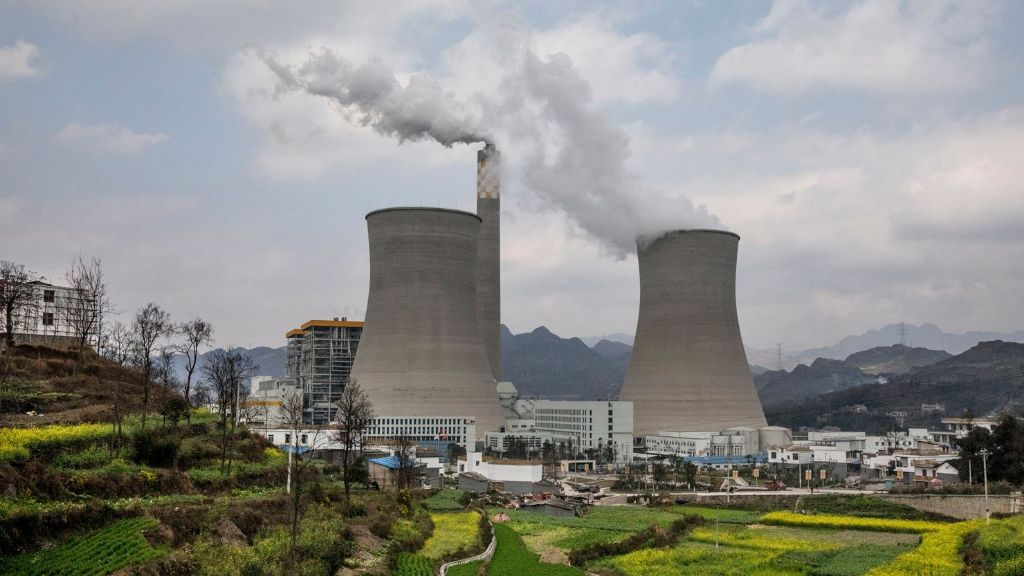
France
France generates over 70% of its electricity from nuclear power. Early government support helped France rapidly scale up nuclear reactors after the oil crisis in the 1970s. France demonstrates the potential for nations to decarbonize their grid with nuclear.
Germany
Germany has taken a different path, deciding to phase out all nuclear power plants by 2022 following the Fukushima accident. Germany’s renewables have grown, but coal and gas have filled the gap left by nuclear. This demonstrates the challenge of quickly replacing baseload nuclear generation.
Environmental Impact of Nuclear Power
Nuclear power has a complex impact on the environment during all life cycle stages, from uranium mining to plant operation and decommissioning. Nuclear reactors emits almost no greenhouse gases when generating electricity. However, emissions are generated during nuclear fuel production, plant construction, and decommissioning.
According to analysis by the World Nuclear Association, lifecycle emissions from nuclear power range from 4 to 110 grams of CO2 equivalent per kilowatt-hour. This is comparable to renewable energy sources like wind and solar power. Nuclear has lower lifecycle emissions than natural gas or coal.
Nuclear plants require a lot of land area and large amounts of water for cooling. The land around nuclear power stations must be monitored for radioactive contamination for decades after the plant is decommissioned. However nuclear plants take up less land area per unit of electricity generated compared to wind or solar farms.
Wildlife and natural habitats can be harmed by uranium mining, which creates waste rock piles and tailings dams. Nuclear plants also negatively impact marine life by sucking in and killing fish, larvae, and other organisms when drawing in cooling water. However, the warming effects of climate change far outweigh any localized effects.
Conclusion
In conclusion, nuclear power has both advantages and disadvantages. On the pro side, nuclear energy is low-carbon, reliable, and efficient. Nuclear plants provide constant baseload power regardless of environmental conditions and produce minimal greenhouse gas emissions. However, nuclear power also faces significant challenges. The major cons include risks of accidents, unresolved waste storage issues, and high costs associated with plant construction and decommissioning.
Looking ahead, nuclear will likely play some role in clean energy transitions, but may not expand as rapidly as renewable sources like solar and wind. While nuclear helps decarbonize electricity generation, safety concerns, waste management, and costs remain barriers. Technical innovations could improve next-generation nuclear reactors, but political and public acceptance issues persist. Overall, nuclear’s future contribution depends on addressing its unresolved challenges while leveraging its low-carbon advantages.

